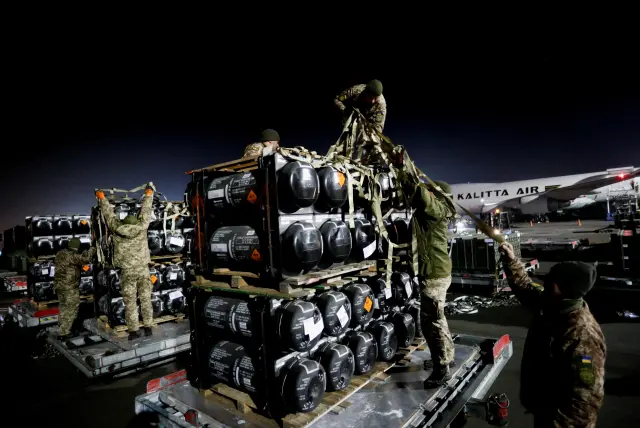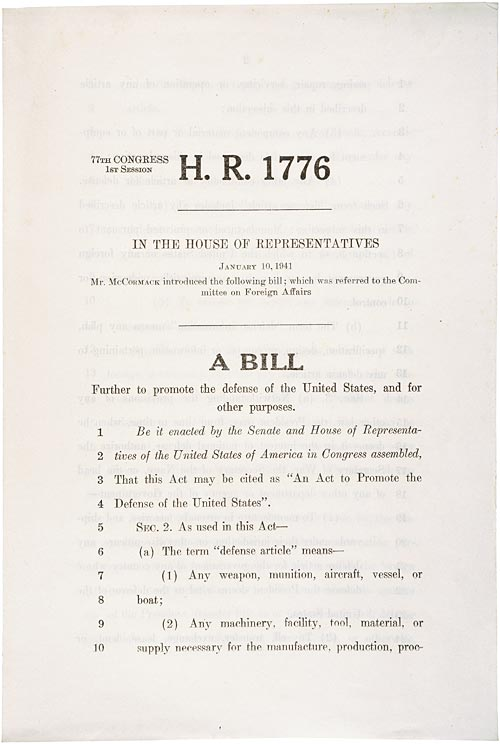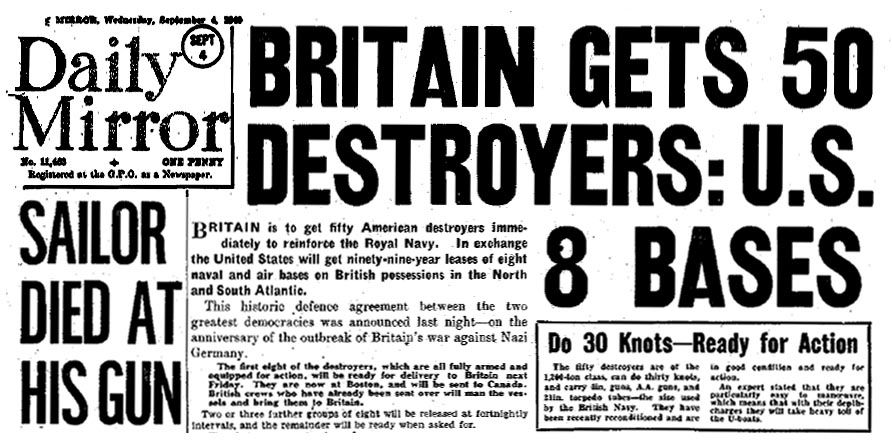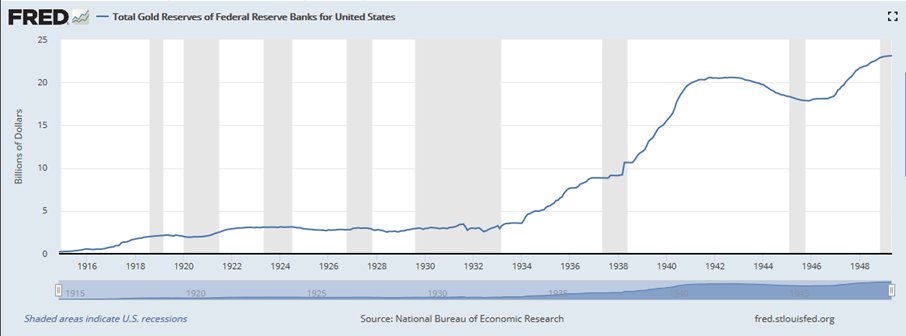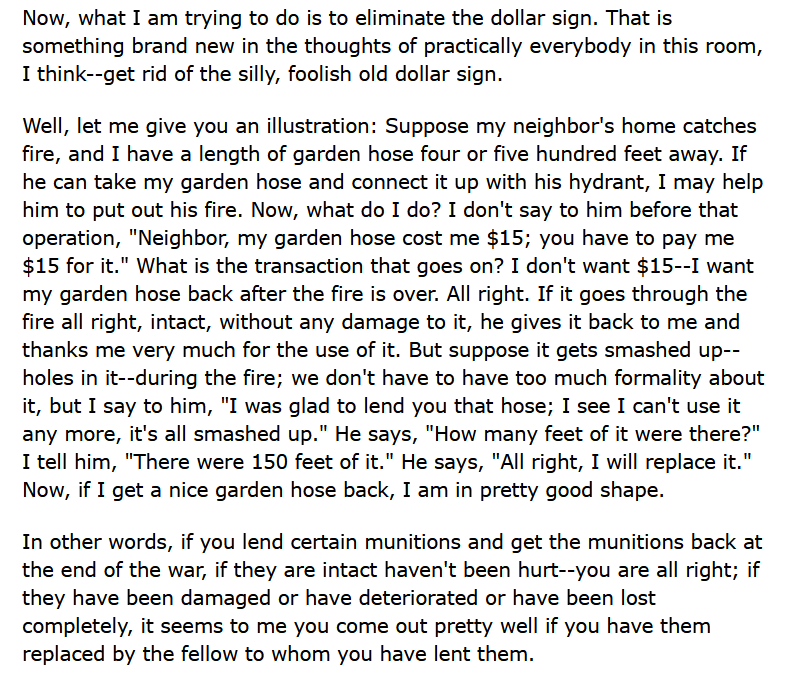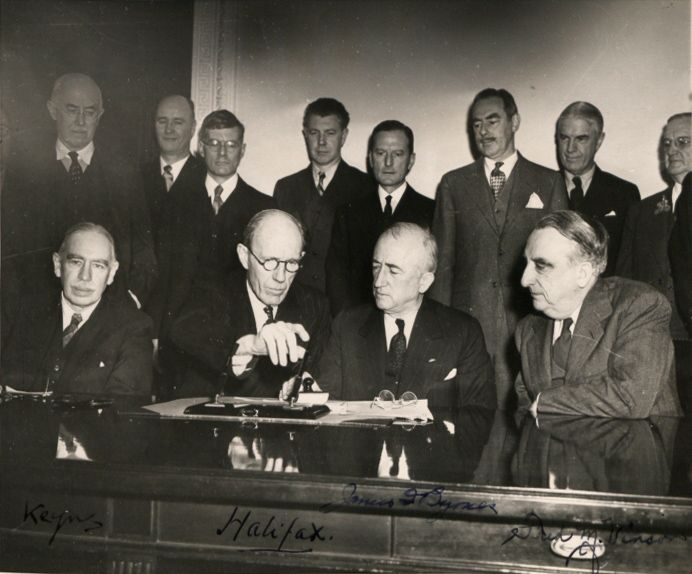Thread
"Lend-Lease" -- a World War II program to supply USA allies with arms -- is back.
How did it work then and what does it mean for the War in Ukraine now?
[THREAD]
How did it work then and what does it mean for the War in Ukraine now?
[THREAD]
By "lend-lease being back," I'm referring to Congress approving the "Ukraine Democracy Defense Lend-Lease Act of 2022"
www.reuters.com/world/us-congress-revives-world-war-two-era-lend-lease-program-ukraine-2022-04-28/
www.reuters.com/world/us-congress-revives-world-war-two-era-lend-lease-program-ukraine-2022-04-28/
The full text of the act is available here
www.congress.gov/bill/117th-congress/senate-bill/3522/text
www.congress.gov/bill/117th-congress/senate-bill/3522/text
The law is not about giving aid itself to Ukraine, as the USA is ALREADY giving A LOT of military and financial assistance to Ukraine (e.g. this @StatistaCharts shows the level of aid during the first full month of the war).
Instead, the law is about removing some bureaucratic hurdles regarding the distribution and payment for arms.
In other words, it cuts "red tape"
www.defenseone.com/policy/2022/04/lend-lease-bill-could-help-ukraine-negotiate-peace-russia/366327/
In other words, it cuts "red tape"
www.defenseone.com/policy/2022/04/lend-lease-bill-could-help-ukraine-negotiate-peace-russia/366327/
Specifically, it waves aspects of the "Arms Export Control Act", such as requiring that Ukraine cover the costs the US incurs for providing the leased weapon (e.g. transportation costs).
See section 61 (in Chapter 6) of the Arms Export Control Act
www.govinfo.gov/content/pkg/COMPS-1061/uslm/COMPS-1061.xml
See section 61 (in Chapter 6) of the Arms Export Control Act
www.govinfo.gov/content/pkg/COMPS-1061/uslm/COMPS-1061.xml
But let's be honest: the bill is more symbolic than anything else.
I agree with the comment @Jbcohen made to @jacqklimas in the above @DefenseOne piece: “It’s a great way to say Congress and the president are doing something...It’s not like the current process has been slow."
I agree with the comment @Jbcohen made to @jacqklimas in the above @DefenseOne piece: “It’s a great way to say Congress and the president are doing something...It’s not like the current process has been slow."
This stands in contrast to the bill's name sake: the 1941 Lend-Lease act, formally known as "Act to Promote the Defense of the United States"
Lend-Lease during WWII had a meaningful material impact because it enabled the US to start supplying arms to the countries fighting Nazi Germany and Imperial Japan...
...without having to find "creative workarounds" like the 1940 "Bases-for-Destroyers" deal (between the US and UK)...
...or the 1939 "Cash-and-Carry" program (whereby a country could acquire arms from the USA so long as it paid upfront and took the arms away on their own ships).
Note: "Cash-and-Carry" was a key reason the US started accumulating 🪙 during this time (as it was the primary form of "cash" used to make the purchases)...
...which would then play a huge role during the 1944 Bretton Woods negotiations.
Lend-Lease during WWII allowed the US President to "lend" a weapon to an ally on the condition that the weapon would be returned after the war (unless it was destroyed).
In a press conference, FDR likened the policy to giving your neighbor a garden hose to stop a fire
In a press conference, FDR likened the policy to giving your neighbor a garden hose to stop a fire
This was part of FDR's vision of the US being the "Arsenal of Democracy" (BTW: a phrase he was given by Jean Monnet)
www.youtube.com/watch?v=8oI-xc7XbWA
www.youtube.com/watch?v=8oI-xc7XbWA
Giving arms to help a democracy fight a non-democracy -- regardless of the ability of the recipient to pay -- might seem pretty non-controversial today (and, indeed, that's evident by the near-unanimous approval of the 2022 Lend-Lease act)...
thehill.com/news/house/3471034-10-republicans-vote-against-bill-to-create-lend-lease-program-for-mili...
thehill.com/news/house/3471034-10-republicans-vote-against-bill-to-create-lend-lease-program-for-mili...
...but it was controversial in 1941, as @rosellacappella details in a chapter of her book, "How States Pay for War"
www.amazon.com/States-Wars-Rosella-Cappella-Zielinski/dp/1501702491
www.amazon.com/States-Wars-Rosella-Cappella-Zielinski/dp/1501702491
Specifically, some members of congress wanted to be convinced that the British COULDN'T PAY FOR WAR (in a twist on the book's title) before authorizing Lend-Lease.
Of course, FDR emphasized that $$ are just one way to "pay". The Allies were paying in other ways, namely by doing the fighting.
"The real costs of the war cannot be measured, nor compared, nor paid for in money. They must and are being met in blood and toil."
"The real costs of the war cannot be measured, nor compared, nor paid for in money. They must and are being met in blood and toil."
That passage comes from an extremely informative 1944 report on Lend Lease.
library.cqpress.com/cqresearcher/document.php?id=cqresrre1944011700
library.cqpress.com/cqresearcher/document.php?id=cqresrre1944011700
Be that as it may, there were still expectations of some tangible payments.
This came in the form of "reverse lend lease", such as giving the US access to (or even possession of) bases and raw materials.
Link: www.presidency.ucsb.edu/documents/report-congress-reverse-lend-lease
This came in the form of "reverse lend lease", such as giving the US access to (or even possession of) bases and raw materials.
Link: www.presidency.ucsb.edu/documents/report-congress-reverse-lend-lease
But the sums acquired by the US through "reverse lend lease" were small (~$8 billion) compared to what the US provided via Lend Lease (~$50 billion).
* Note: those figures are for the 1940s. USA Lend Lease aid would be ~$700 billion in today's prices
* Note: those figures are for the 1940s. USA Lend Lease aid would be ~$700 billion in today's prices
Once the war was over, the expectation was that the remaining weapons in an ally's possession would be given back or paid for at that time.
This was a key reason for negotiating the Anglo-American Loan in 1946...
This was a key reason for negotiating the Anglo-American Loan in 1946...
...which was only paid off by the British in 2006.
www.independent.co.uk/news/business/news/britain-pays-off-final-instalment-of-us-loan-after-61-years-...
www.independent.co.uk/news/business/news/britain-pays-off-final-instalment-of-us-loan-after-61-years-...
The above discussion focused on the British. But a host of countries received Lend-Lease aid during WWII, notably the USSR (received the second most behind Britain).
Maybe that's ultimately the point of the 2022 Lend-Lease Act?
It's symbolically meaningful that Ukraine is receiving Lend-Lease aid NOW to fight the government in Moscow (i.e. Russia) since the government in Moscow (i.e. then the USSR) was a key original recipient of Lend-Lease.
It's symbolically meaningful that Ukraine is receiving Lend-Lease aid NOW to fight the government in Moscow (i.e. Russia) since the government in Moscow (i.e. then the USSR) was a key original recipient of Lend-Lease.
In sum, while the 1941 Lend-Lease Act was vital for the USA to materially support the Allies, the 2022 Lend-Lease act is more symbolic: it signals that the USA is willing support to Ukraine...likely for the long haul.
[END]
[END]

